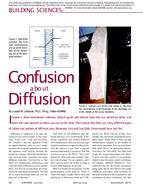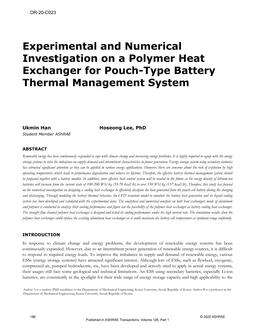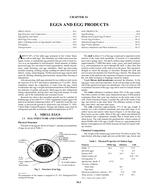A 22-month field investigation of nine different north- and south-oriented wood-framed wall assemblies was conducted to
determine the moisture performance of various wall construction types, most of which incorporated absorptive cladding. The
study was conducted on the campus of the National Association of Home Builders (NAHB) Research Center, in Upper Marlboro,
MD, 20 miles east of Washington, DC, in a mixed humid climate. Moisture content of the sheathing and wall cavity temperatures
were measured at various points in each wall section. The primary performance measure was moisture content of the wood-based
structural sheathing.
Under normal weather exposure, the studs and sheathing in all walls investigated remained well below 20% moisture content.
South-facing walls with direct solar exposure resulted in dryer sheathing. Walls with non-absorptive cladding (vinyl siding and
insulated vinyl siding) had among the lowest sheathing moisture contents recorded in the study; this was the case for walls that
faced either north or south. Low sheathing moisture contents were also recorded in the south-facing walls with (a relatively dark
color) manufactured stone cladding and in the south-facing wall with brick veneer cladding.
Controlled injections of water behind the cladding indicated that some walls were less able to drain (or otherwise dissipate)
the injected water than were others. Stucco-clad walls with only one layer of water-resistive barrier (WRB) showed the least ability
to dissipate injected water. Walls with manufactured stone cladding (which incorporated two layers of WRB) showed a lesser ability
to dissipate injected water than walls with most of the other cladding systems, but greater ability than stucco-clad walls with
a single layer of WRB.
Citation: Thermal Performance, International Conference, 2010
Product Details
- Published:
- 2010
- File Size:
- 1 file , 3.7 MB
- Product Code(s):
- D-BUILDINGSXI-49


